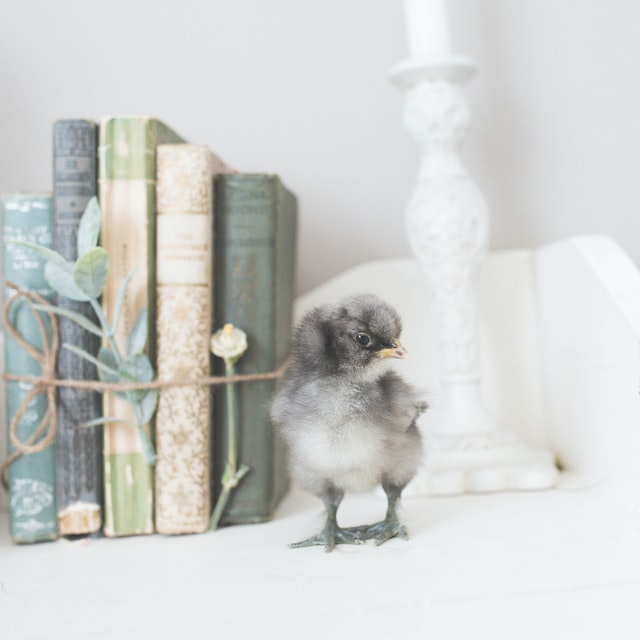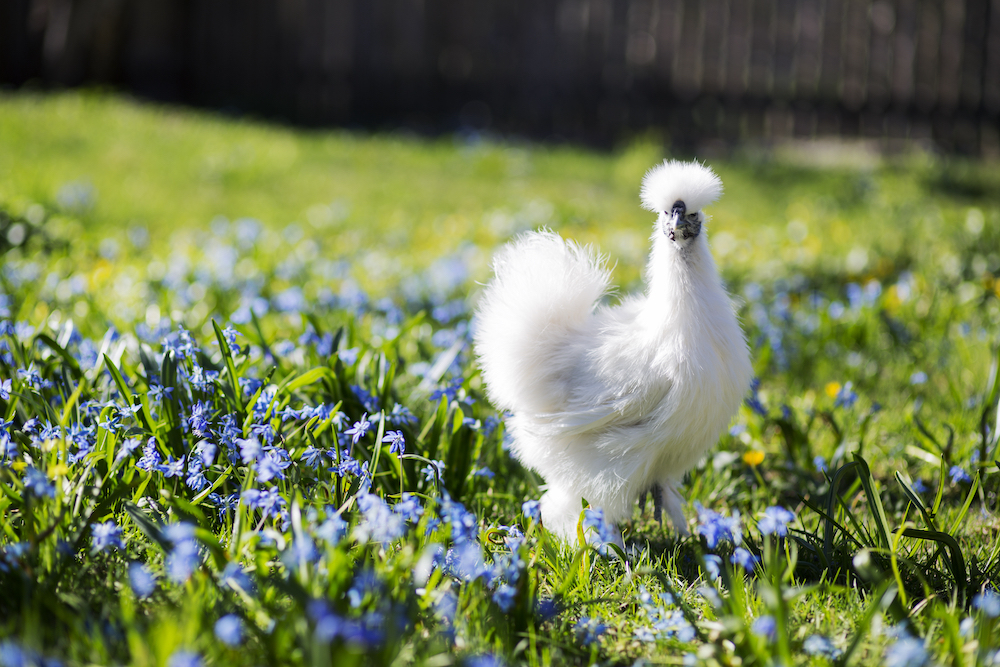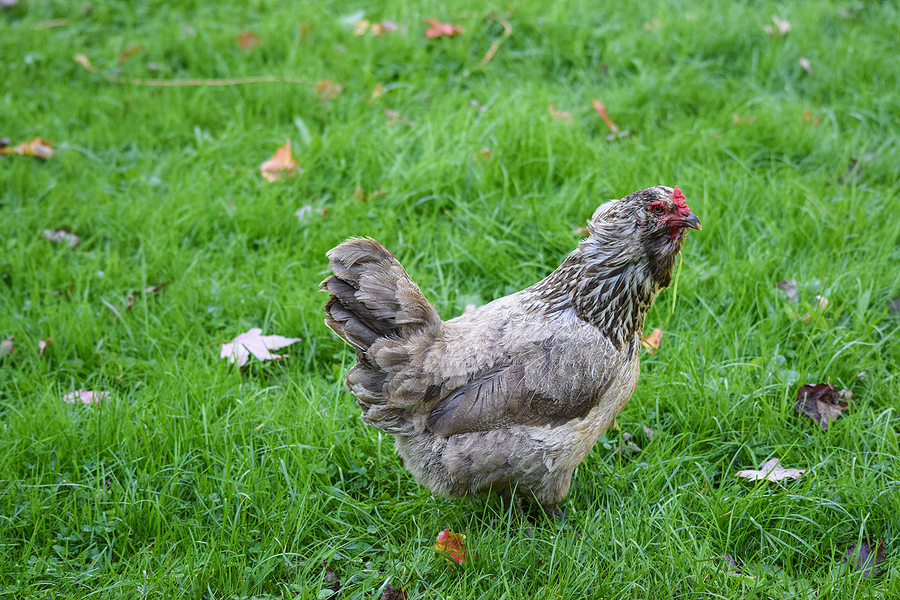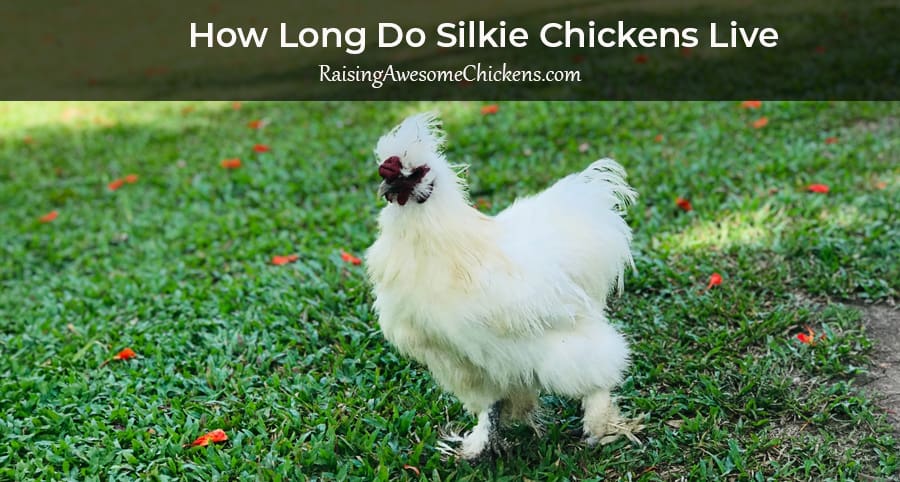Last Updated on February 9, 2024 by AwesomeChickens
As the name would suggest, the Australorp is among the world’s most popular chicken breeds and hails from down under in Australia. It’s derived from the Orpington breed and has become most renowned for its excellent egg-laying ability. As chicken breeds go, the Australorp is relatively new, starting in the early 1900s and then gaining popularity in the 1920s. It comes in three main color varieties, black, white, and blue.
Like its predecessor, the Orpington, the Australorp was created as a dual-purpose bird for meat and eggs. The bird’s positive traits further assist this as a parent, which helps make breeding the bird very easy.
Table of Contents
Breed Origins
The original chickens used to create the first Australorps came right from William Cook’s Orpington yards in England. The Black Orpington had already become renowned as an excellent bird for meat and eggs, and Australian breeders were determined to enhance that even further.
They combined the Black Orpingtons with Rhode Island Reds, Minorcas, White Leghorns, and Langshans to create better utility features, especially egg-laying. The name Australorp is a contraction of Australian Black Orpington but was by no means a sure thing at the time with various parties competing for different standard names, one of which was simply “Australs.”
It wasn’t until 1929 that the Australorp breed was finally admitted into the Standard of Perfection. The creation is such a proud achievement of Australia’s critical agriculture sector that the Australorp even became an honorary national bird of the Australian nation.
Appearance
The Australorp comes in both standard and bantam sizes. Bantam hens are only 1.7-2.2 lbs, and roosters are just 2-2.7 lbs. Standard hens are much larger at 6.5-8 lbs, and roosters are 8.5-10 lbs. The original black standard has a red wattle, a red single upright comb usually with no more than 7 points, red earlobes, a full and well-rounded body (especially the hens), and feather-free legs that are invariably black or dark blue.
The roosters are very upright and have a very high tail plumage. The feathers on both the roosters and hens are close-fitting and soft. Both the eyes and beak are black. You should notice a rather striking green sheen on the feathers when standing in the sunlight.
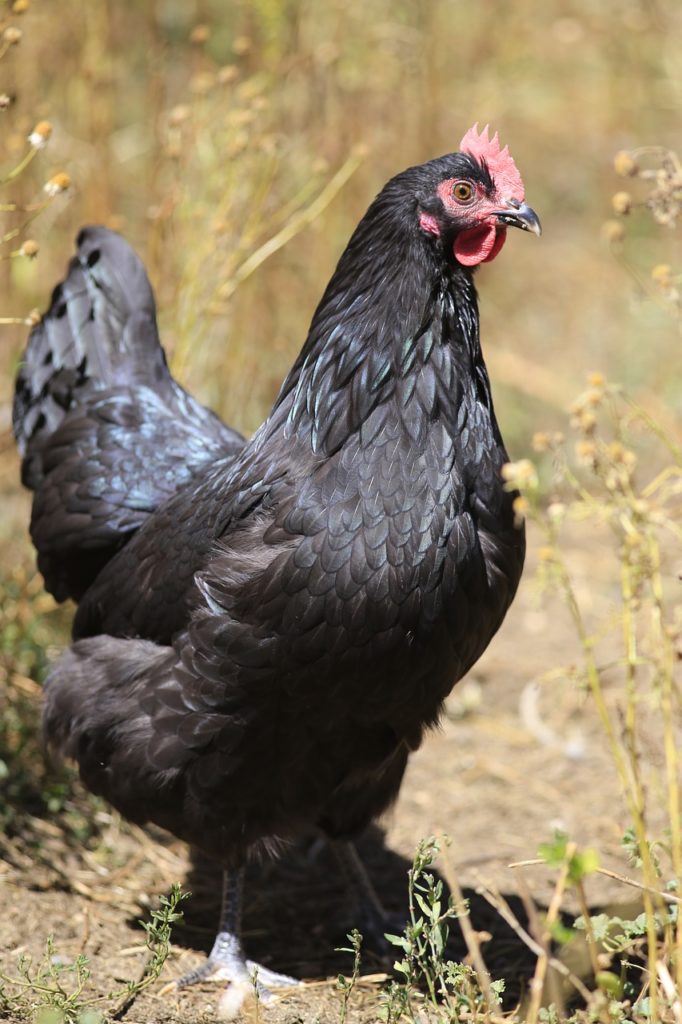
Temperament
One trait that they never managed to remove from the Orpington ancestor was its stately and proud manner when walking around its yard. As chickens go, the Australorp has a lot of dignity when strolling about. Some say they appear to “glide” across a yard rather than walk. Owners sometimes mistake this stately walk as a desire to be more confined and comfortable, but this isn’t accurate.
Australorp chickens, despite being larger birds, are actually very active and enjoy free-ranging in the yard. They enjoy foraging for insects and other tasty treats to eat when they’re outside, which helps to cut down a bit on the feed bill if you are free-ranging them regularly. Letting them find their food is also an excellent way to prevent them from becoming obese, which is known to happen when Australorps are confined for long periods, especially isolated confinement.
Their natural disposition is to be quite shy and wary, mostly toward unfamiliar conditions and people rather than as a general rule. However, Australorps will settle in and feel more comfortable over time, slowly opening up to their surroundings and their owners. They are well known for following their owners around in the hope of receiving a treat!
The key to unlocking the best of the Australorp’s temperament is to quickly ensure they have plenty of time free-ranging outside with only minimal protective confinement overnight. This ensures they’ll settle in fast and get to know their owner’s family. As a result, they’ll quickly transform into happy and productive birds.
Australorps are not aggressive birds, so they will work well in a mixed flock, but if you do keep any pushier birds, keep an eye out because your Australorp chickens might become bullied.
Egg Laying
It is egg-laying that sets the Australorp apart from many other birds worldwide. They’re not used as heavily in industrial concerns compared to breeds like the Leghorn because they are larger and hungrier birds than the lean, mean egg-laying Leghorn machine.
However, in the early days of the breed, Australian farmers used the egg-laying ability of the Australorp to secure huge orders from overseas and secure the bird’s reputation as the queen of the egg world. In 1922, 6 Australorp hens together layed 1,857 eggs in 365 days, which averages out to 309.5 eggs per hen. Another hen years later set an impressive individual record of 364 eggs in 365 days.
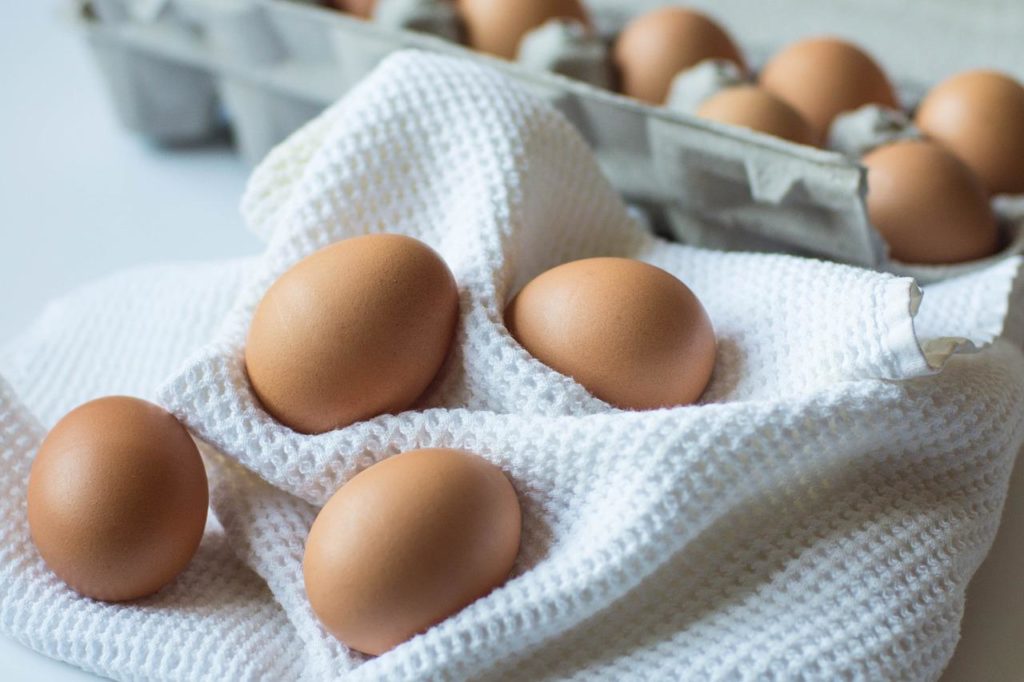
Australorp eggs are light brown and categorized as “Large” eggs, the same as their Orpington great-grandparents. They do retain some of the broody features of the Orpington breed, but that often works to the advantage of farmers because Australorps are exceptionally good mother hens. In addition, they take good care of their eggs and chicks, which means when one wants to raise young Australorps for meat or to replace egg-laying stock, minimal input is needed from the farmers, and no incubation.
Health Issues
The Australorp doesn’t suffer from any major health issues, but it does have fairly thick feathers, which means extra attention to the usual management of parasites is a good idea. One thing you do need to watch out for is their access to shade and cool water. Australorps were bred in a hot country but were bred from chickens that mostly thrive in colder climates. This is one characteristic that didn’t change in the breeding process.
If you are raising Australorps in a hot climate, you must ensure that they have access to shade and cool water. The bird is somewhat more susceptible to heatstroke than other birds but will naturally seek shade and be comfortable again if you provide it.
Other Information to Know
While many would purchase an Australorp flock for their egg-laying ability or their potential as table fare, they have also become very prominent show birds. Chicken enthusiasts have raised pure Australorps to present at shows, and the breed has an excellent record and reputation, with many ribbons now acquired.
However you use your flock, you’ll find the Australorp a sturdy and dependable breed with a lifespan of about 6-10 years. Even the roosters are very gentle, and you mustn’t mistake their initial shyness as a permanent trait. Give the birds time and space to get familiar, and they will soon become a very lovable companion.
One other thing to watch out for with Australorps is that they can somewhat lack in the survival skills department. While they can forage their own food independently and be quite happy with that, they are quite aloof and even a bit complacent when it comes to predators. So if your area has foxes or other wild animals, be sure to provide ample protection for your birds.

